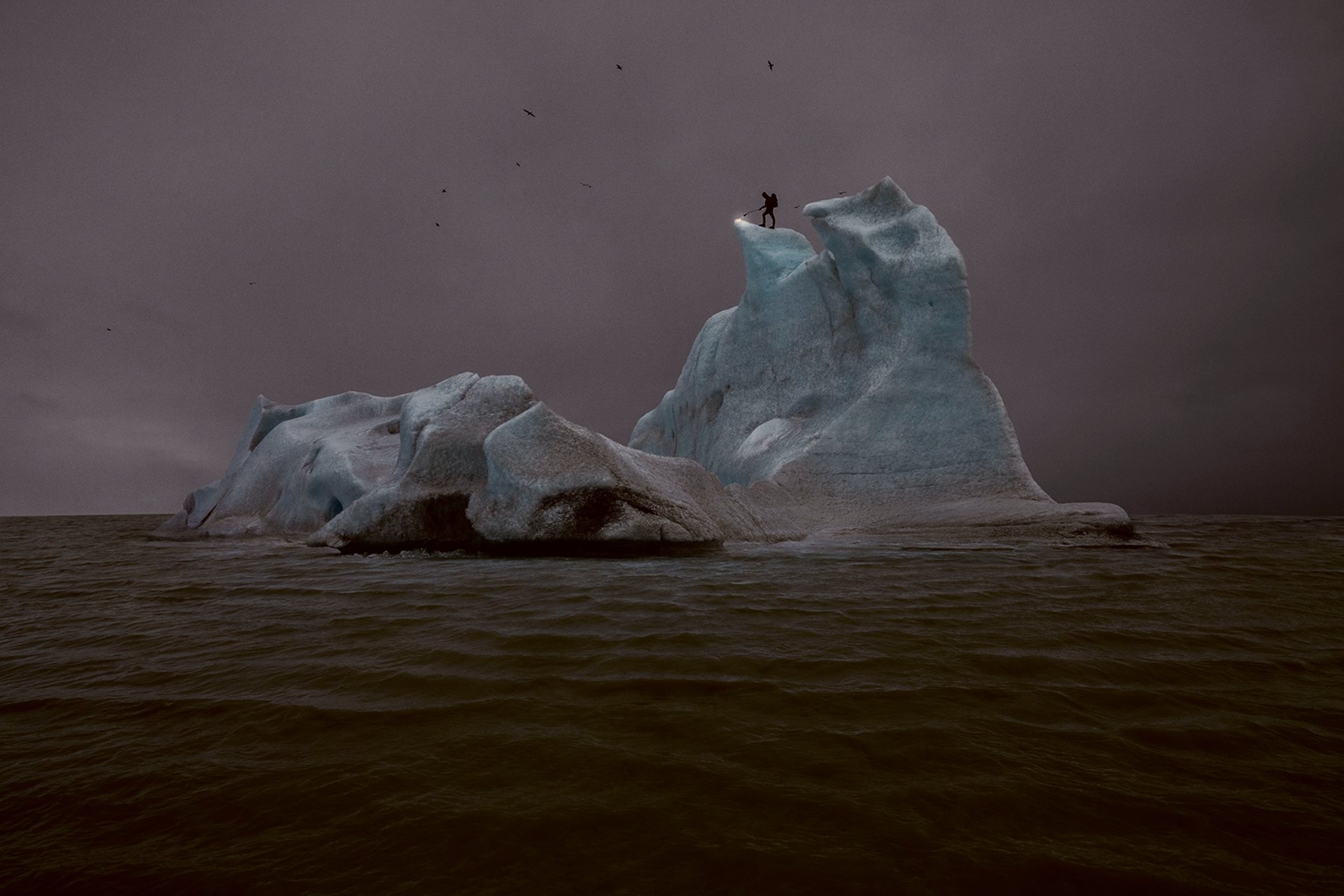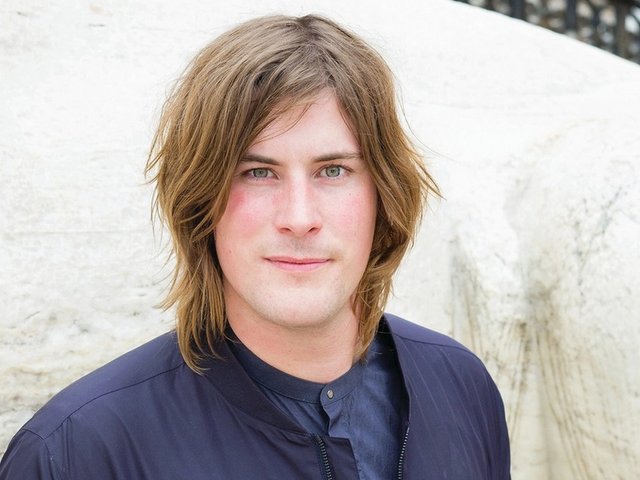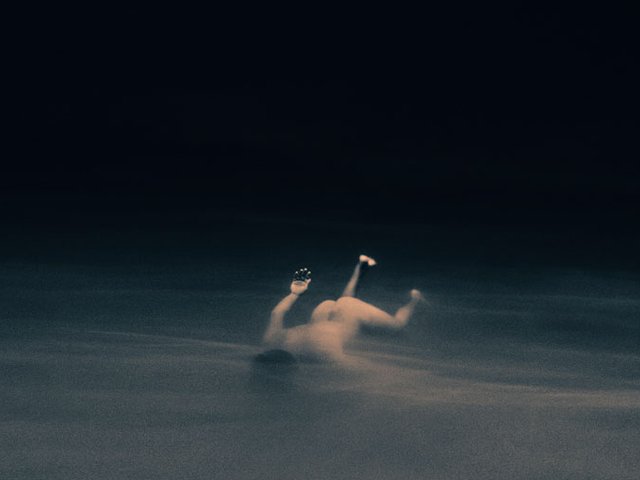In his show Midnight Zone at the Museum Tinguely, the French Swiss artist Julian Charrière plunges viewers into the oceanic abyss to explore the social, cultural and temporal urgencies of underwater ecologies. Featuring four new commissions alongside earlier works, the exhibition charts Charrière’s multidisciplinary approach informed by fieldwork across extreme geographies.
Charrière and Jean Tinguely might seem unlikely bedfellows at first: few art enthusiasts would instinctively stage the former’s films confronting planetary imbalances in an institution replete with kinetic, mechanical sculptures. But Charrière unpacks his and Tinguely’s mutual attention to degrading systems, the conceptual and tangible impact of his own ecological projects and how surface-level phenomena are always planetary at their core.
The Art Newspaper: What is the structure of the exhibition, especially the four new works that will be included in the show?
Julian Charrière:Midnight Zone is an exhibition that unfolds as a descent, both sensory and conceptual, into oceanic space. It brings together four major new works alongside a curation of existing pieces that navigate the layered realities of the sea: as a physical realm, a cultural imaginary and a site of environmental urgency.
The exhibition begins with Albedo, a video installation that is suspended overhead. This inverted perspective echoes my experience working in the Arctic, where distance, depth and scale dissolve. The soundtrack features the vocalisations of orcas, humpbacks and sperm whales, forming a choral layer that blurs the boundary between communication and atmosphere. The film Midnight Zone then shifts downward into the Clarion-Clipperton Zone, a mineral-rich trench in the central Pacific currently targeted for deep-sea mining. In the film, a custom-built Fresnel lighthouse lens descends untethered, its beam attracting fragile bioluminescent lifeforms. This shift in perspective resists the extractivist gaze to instead offer an ambiguous choreography of light and life.
The same Fresnel lens reappears in a sculptural installation that is slowly rotating in a darkened gallery surrounded by undulating reflective panels. These fractured beams transform low-frequency sounds of deep-sea noise pollution into vibration and movement. Finally, Black Smoker leads the visitor into the geological heart of the ocean. Composed from field recordings, seismic data and live-monitoring streams, the work stages an acoustic descent into the volcanic zones that shape the sea floor, collapsing human perception into the rhythms of the Earth. Together, these works do not simply depict the ocean but create conditions for listening, sensing and drifting through it.

Charrière has likened The Blue Fossil Entropic Stories III (2013), with its lone figure on an iceberg, to Caspar David Friedrich’s famous 19th-century painting Wanderer Overlooking the Sea of Fog © ProLitteris and Julian Charrière
At this moment of accelerated environmental degradation, how do you see the relationship between technological progress and its accompanying ecological perils?
For more than a decade, I’ve worked closely with and within the cryosphere, conducting fieldwork in Greenland, Svalbard and Antarctica. These environments have shaped my practice and my sense of time and spatial orientation. Ice records atmospheric memory, geological rhythms and human imprint. It is both material and metaphor, both witness and warning.
What I observe in the Arctic mirrors what is unfolding in the deep sea. The deep sea is a phantasmagorical space, and one of the last domains to resist the human grasp. Now it is being reclassified as a resource, marking a reversal in our history as surface dwellers. The same technological systems that allow us to access these environments also risk erasing them. In Midnight Zone, I try to hold both of those truths at once: our capacity to wonder and our capacity to wound.
My work shares Jean Tinguely’s fascination with instability, with the ways systems collapse, unravel or mutateJulian Charrière
You have previously spoken about the influence of Land Art on your work, but could you reflect on your relationship to Jean Tinguely?
What resonates for me in Tinguely’s work is his intuitive grasp of entropy—the understanding that machines are dynamic systems shaped by their own fragilities. My work doesn’t use mechanics in quite the same way, but it shares that fascination with instability, with the ways systems collapse, unravel or mutate.
His kinetic sculptures often foreground their own mortality, their own exhaustion. In an era where technology is still marketed as seamless, efficient and all-knowing, I find that vulnerability a powerful counterpoint.

Charrière’s Midnight Zone—85 Fathoms (2024) was shot deep in the Pacific Ocean using a lighthouse lens © ProLitteris and Julian Charrière
The production and display of art—particularly digital media—inevitably generates its own carbon footprint. How do you navigate the environmental impact of your practice, especially when creating ecologically engaged works?
It’s an ongoing negotiation, and one I try to approach with honesty rather than illusion. The global ecological crisis is also a crisis of perception. Art can play a role in reshaping those sensibilities, but it cannot do so without leaving its own mark.
In my work, I try to weigh intention against impact, to ask whether the resources we mobilise are proportionate to the questions we pose. With Midnight Zone, for instance, we’re casting light on an ecosystem that may soon be irreversibly altered by industrial deep-sea mining. Yes, the work requires energy to exist but it also functions as a space to think and feel through what is at stake before it’s too late.
Other projects go further: In Calls for Action at the Boston Public Art Triennial [until 31 October], visitors connect via livestream and phone to an endangered rainforest in the southern Amazon. Through that work, we’re supporting the permanent protection of 15,000 hectares of forest through Indigenous land-titling. I don’t see these actions as solutions, but I believe in creating artworks that acknowledge the complexity of their own footprint while contributing to the ecological conversations they invoke.
Your work has incorporated a wide range of materials from an even wider geography—from lithium-derived saline solutions to artificial lava. Which materials or sites are you considering next?
I’m continuing to deepen my engagement with oceanic realms, especially the deep sea, which will culminate in a solo exhibition at the Museum of Contemporary Art, Los Angeles, in 2026. In parallel, I’ve been investigating iron ore and the planetary history it holds—particularly the Great Oxidation Event and the emergence of cyanobacteria. These materials carry the imprint of Earth’s first atmospheres, and this research will inform a new body of work premiering at the Museum of Old and New Art in Tasmania in June 2026.
• Julian Charrière: Midnight Zone, Museum Tinguely, Basel, until 2 November




